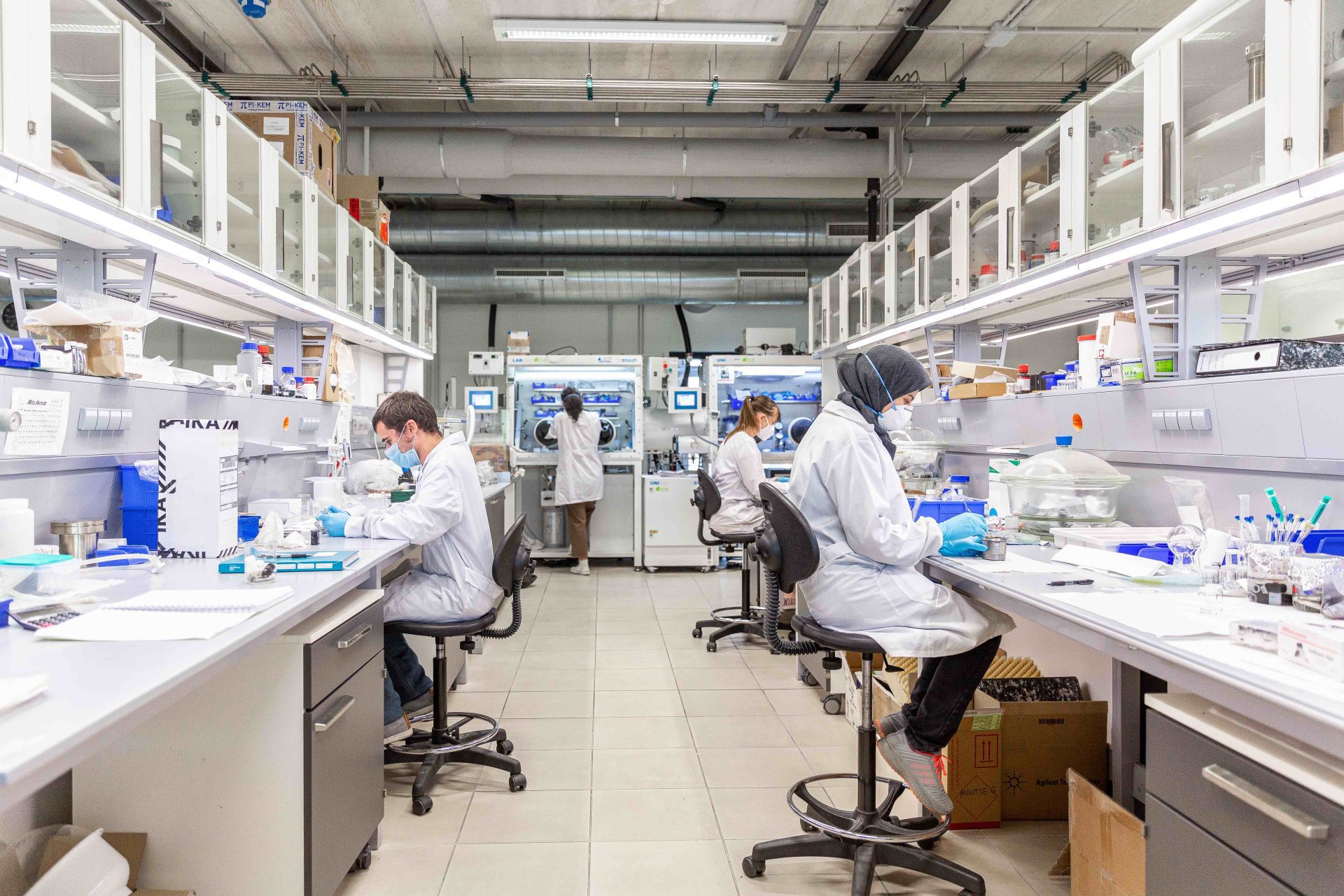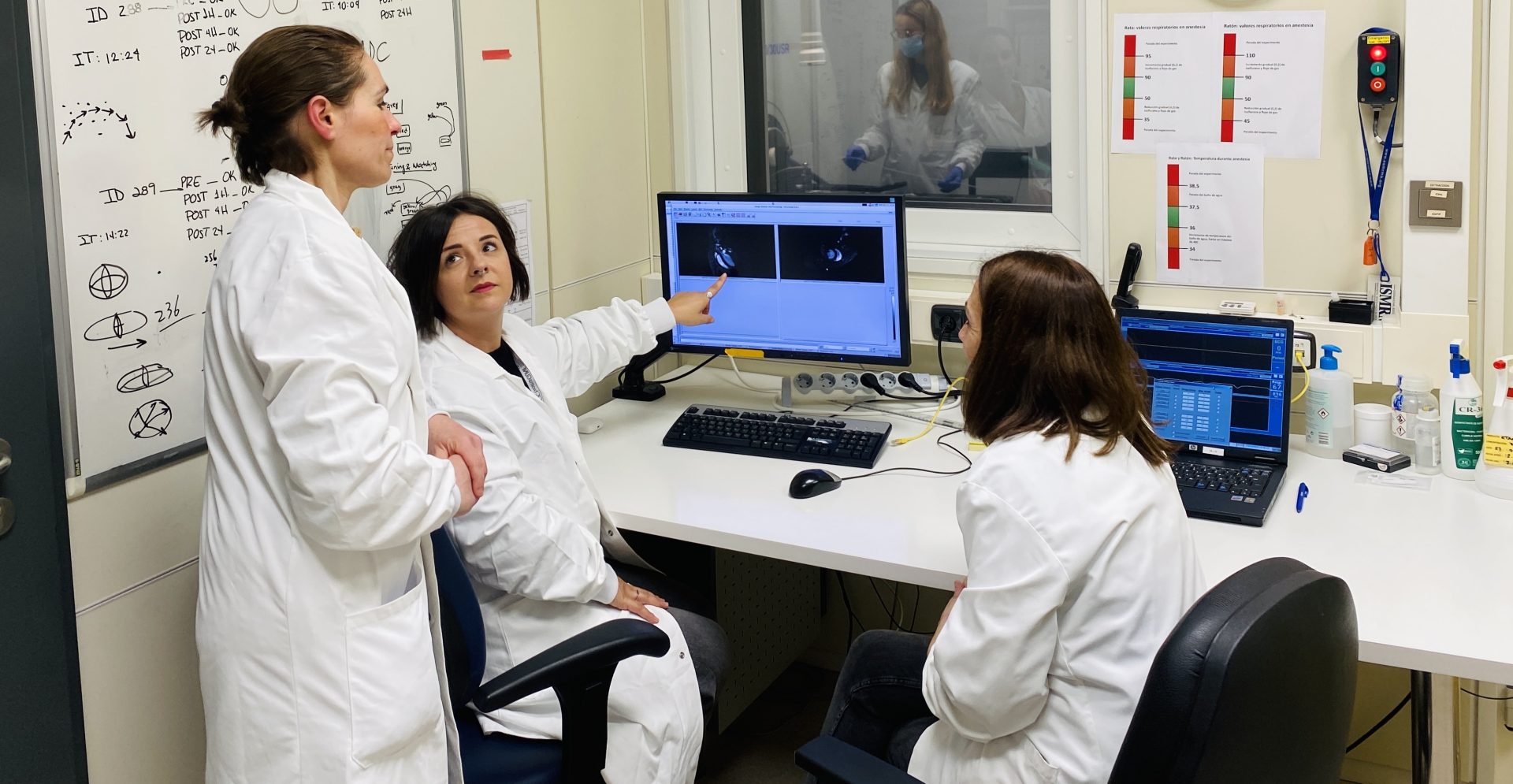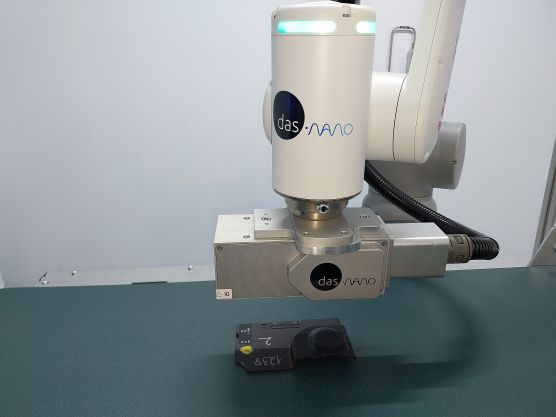CIC energiGUNE outlines a new long-term energy storage system based on liquid hydrogen obtained from biomass

The PeCATHS project, funded by the Horizon Europe Programme of the European Commission and the Swiss State Secretariat for Education, Research and Innovation (SERI), will facilitate the direct transfer of liquid hydrogen for storage, transport and distribution, avoiding the need to produce gaseous hydrogen and its consequent operating costs
CIC energiGUNE plays a key role in this project, in which seven entities of the continent participate under the coordination of the Universitat Jaume I of Castellón, through the development of artificial intelligence techniques that optimise the catalytic processes and the materials used in the long-term storage of hydrogen
CIC energiGUNE, a Basque reference centre in electrochemical energy storage and conversion and thermal energy storage and conversion, is making progress in the development of an innovative long-term energy storage system using hydrogen carriers in liquid form. This technology eliminates the need for the current process of producing and managing gaseous hydrogen and opens up the possibility of obtaining high-value chemical products.
The project, part of the European PeCATHS initiative, brings together CIC energiGUNE and six other entities from all over the continent. According to Max García-Melchor, Ikerbasque Professor and Principal Investigator of the ‘Atomistic and Molecular Modelling for Catalysis Group’ at CIC energiGUNE, “this project will allow us to directly transfer hydrogen from biomass to Organic Hydrogen Carrier Liquids (OHCLs) without the need to produce hydrogen gas. This improvement will result in a significant optimisation of the sustainability and efficiency of energy systems”.
PeCATHS (Photoelectrocatalytic Routes for Sustainable Long-Term Hydrogen Storage) aims to synthesise value-added chemicals and store energy in liquid form by integrating the chemical and energy sectors. In this process, LOHCs play a key role, as they allow hydrogen to be transported in a stable manner and under moderate pressure conditions.
To achieve these ambitious goals and address the economic challenges associated with this technology, PeCATHS will adopt a cost-effective strategy that harnesses biomass as a hydrogen source and solar energy as a renewable source. ‘With this approach, we not only reduce the energy costs of hydrogen production, but also eliminate the complexities associated with its compression and storage, improving competitiveness against conventional systems,’ says Professor García-Melchor, stressing the importance of developing sustainable energy infrastructures and the grids of the future.
Within the PeCATHS consortium, CIC energiGUNE will play a key role, developing computational models and artificial intelligence techniques to accelerate the design of materials for biomass oxidation and long-term hydrogen storage. The centre’s contribution ranges from materials screening and mechanistic modelling to the optimisation of catalyst composition and reaction conditions, ensuring the efficiency and scalability of the technologies developed.
Coordinated by the Universitat Jaume I of Castellón, the project involves the participation of prestigious institutions such as Trinity College Dublin, the Fundació Institut Català de Nanociència i Nanotecnologia, European Innovation Marketplace ASBL, Comet Global Innovation and the Universität Zürich. The project is part of Horizon Europe (Grant Agreement No. 101191948) and is financially supported by the Swiss State Secretariat for Education, Research and Innovation (Contract No. 24.00543).




